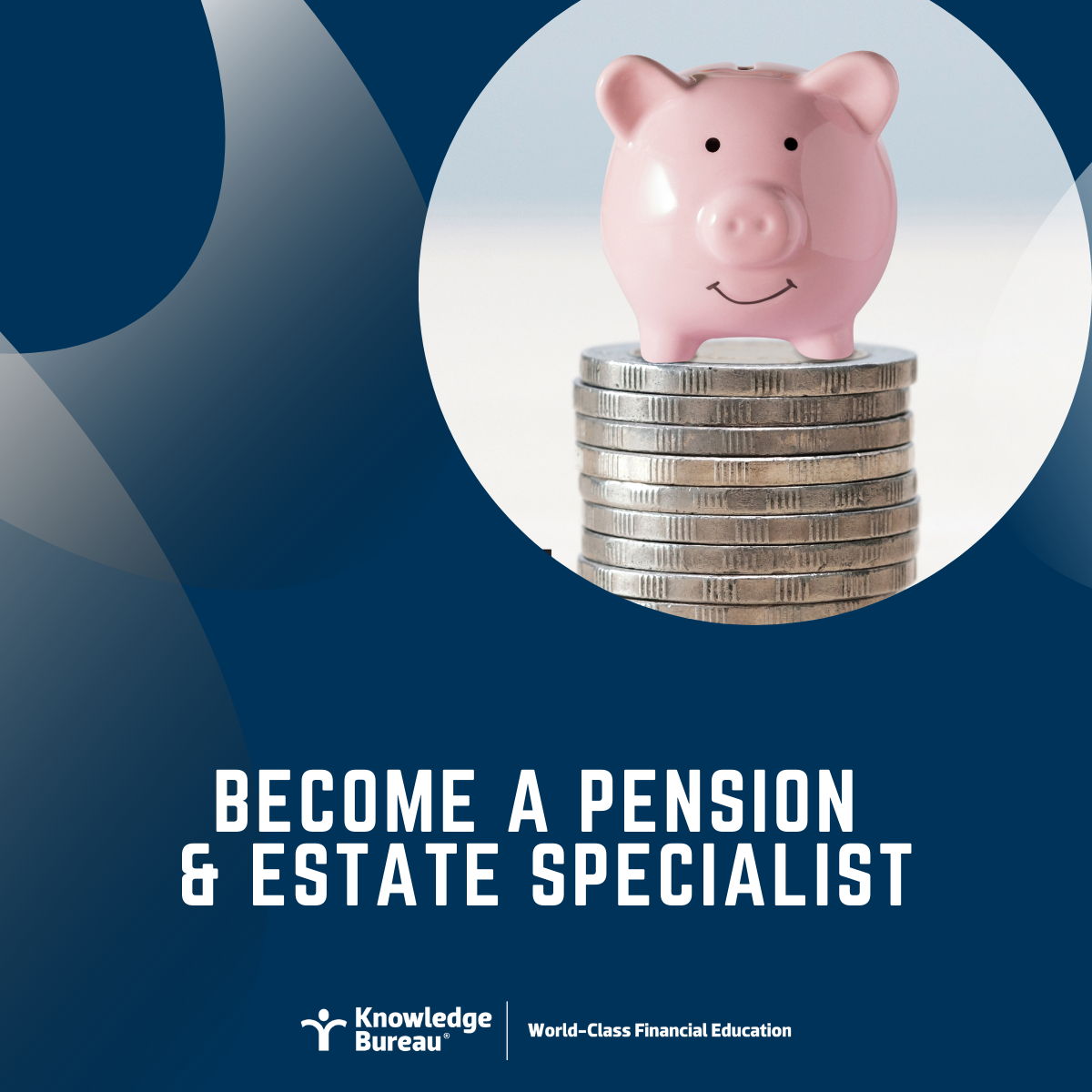Last updated: December 15 2020
CPP-TFSA-Considerations

Evelyn Jacks & Walter Harder
Last week, we discussed the pros and cons of continuing to contribute to the CPP when compared to a TFSA instead. This week, we discuss planning opportunities for taxpayers under and over age 65.
For those under 65. Most workers don’t have a choice on whether or not to contribute to the CPP unless they start taking their CPP retirement pension early (but no earlier than age 60). Those people suddenly faced with a reduced life expectancy or those who need the CPP to cover living expenses, will want to apply to receive the retirement benefit early. But in all other cases, the penalties for starting to receive CPP before age 65 are too severe. One exception: if a guaranteed return of at least 7% can be made in the TFSA.
For the business owner, who has the choice of receiving dividends (and not paying CPP premiums) rather than salary (on which CPP premiums must be paid), the decision may hinge on how  much CPP pension entitlement has already been accumulated. In many cases, the increased CPP contributions will not generate enough additional retirement pension to warrant the premiums, especially under the current schedule for rising premiums. In this case, the best choice would be to receive taxable dividends and contribute to a TFSA instead of the CPP.
much CPP pension entitlement has already been accumulated. In many cases, the increased CPP contributions will not generate enough additional retirement pension to warrant the premiums, especially under the current schedule for rising premiums. In this case, the best choice would be to receive taxable dividends and contribute to a TFSA instead of the CPP.
For those over 65. Employees or proprietors who are between 65 and 70 also have no choice but to continue to contribute to CPP on their earnings, unless they are already taking their CPP retirement pension.
For those who have not yet started to receive their CPP retirement pension, the choice is whether to continue to delay their pension and continue to pay premiums to CPP or to start taking their pension so they can stop contributing to CPP.
Continuing to delay the start of your retirement pension can increase your pension by almost 10% for each year that you continue to delay – and that increase will be paid out each month for the rest of your life. So those with good health may wish to continue to delay and pay.
However, as mentioned, with the scheduled increased CPP premiums, it may make sense to start receiving CPP and stop paying the premiums, especially for higher-income proprietors who have to pay both the employer and the employee premiums. It’s important for advisors to do the math with their clients. A great tool to help is Knowledge Bureau’s CPP Income Calculator. Sign up for a free trial today.
For the semi-retired with lower income and CPP premiums, the value of the premiums may be less than the value of the increased pension generated by continuing to delay the start of the CPP pension. Again, it’s important to do those projects in order to make the right decision.
For business owners between 65 and 70 who have not started their CPP pension yet and have the option to receive dividends (and not pay CPP premiums) or to receive a salary (and pay CPP premiums), there are many factors to consider:
- Will receiving grossed up dividends result in a clawback of OAS, when receiving an equivalent salary would not?
- How much will the CPP premiums be for the chosen salary, and how much additional pension will these premiums generate?For those already receiving a survivor benefit, additional CPP contributions may not increase your pension at all!
- How much will it cost in reduced pension to start CPP now and no longer contribute?
- What happens to the contributions to the CPP when you die? Under current rules the death benefit is a flat $2500.Putting the money in another investment vehicle containing $2500 or more will result in a win for heirs.
For most business owners between 65 and 70 and not receiving their CPP retirement, the best option is to receive dividends and not pay the CPP premiums unless those dividends generate a clawback of OAS. The TFSA would then be the best savings vehicle.
Once you reach age 70, no further CPP contributions are allowed, so you have no choice. If you continue to accumulate, the TFSA is the best choice since there are no income tax implications.
Additional educational resources: Help Canadians plan for a tax-efficient retirement as an MFA™-Pension & Estate Services Specialist.
